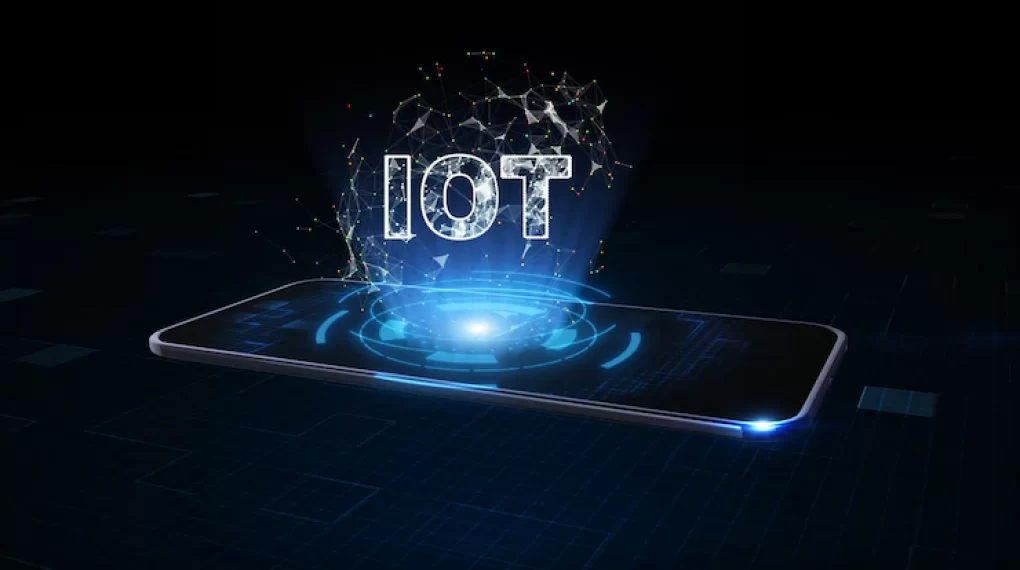
It’s no secret that technology is advancing rapidly and trying to keep up with it can be a bit of a challenge even for the most tech-savvy among us. With the introduction of IoT technologies, some of us might not even know what that means. It stands for The Internet of Things.
How is it used, though, and what is it? These are all important questions that I’ll do my best to answer in this article. They’re a valuable resource for anyone involved in the technology industry, of course, but they can also be helpful for business owners! So, be sure to stick around if you are intrigued.
What is the Internet of Things?
At first glance, it appears to be a fairly vague and nebulous concept. After all, for anyone outside of the industry, it’s pretty easy to think of pretty much all of the internet as falling under this category. However, it is a distinct sector of technology, so let me explain.
There are a few parts that make up these systems. At the core is the module, which allows the devices nearby to be connected to the internet wirelessly. You can read more about it in this article, which discusses why the market for them is currently growing.

They have the ability to connect most devices to wireless internet, which is the main appeal. That being said, the system does require the IoT chip to be placed into the devices you want to be connected to. That is one of the few potential downsides.
That being said, what is their primary purpose? Well, I think something that provides insight on this is that they are created using the same technology in our mobile devices. However, they send their data in real-time, and there does not need to be someone pressing a button manually to make it happen.
Why They Matter
You might be wondering why this is important, anyway. Well, part of it is that most of these modules can last for a very long time. The minimum lifespan is generally ten years, which can save a business a lot of costs in terms of not needing to replace equipment like this.
Additionally, they can connect to a variety of bandwidth applications. This could include 3G, 4G, and 5G – they are quite versatile in this sense. Why do we need to carefully consider our IoT chip distributor, though – does it have an impact on the final product we select?
As you can probably imagine, the answer is that it does have an influence. The primary reason that we need to explore our options in detail is that the IoT module that you select will impact all parts of your business that rely on it. There are so many options out there it can be hard to choose.
Different Types and How They Change Things
The biggest part of selecting a module is where you are planning to perform your operations. The requirements for a wireless network in Europe might be different than in the United States, for example.
And if you establish your business in one part of the world but are planning to expand into other sectors, be it in the immediate or long-term future, that is something to account for.

In some cases, a 2G module might seem sufficient, but it could hamper that expansion. LTE ones can cost more but are often more flexible in terms of where you can get established. So, if you’re not sure, consulting with experts on the matter might be of help – it can get very complicated very fast, after all.
The Different Parts
While I’ve talked about the modules for most of this article, it is good to keep in mind that there are other parts to an IoT system that make it operate efficiently. You can learn more about that by checking out this link: https://www.futuremarketinsights.com/reports/iot-chip-market.
Sensors are one of the key facets of this technology. Thanks to the development of lower-cost versions that still work effectively, there is more access to the Internet of Things networks. In fact, it is thought that there are currently ten billion devices connected via these systems.
Platforms that allow for cloud computing are also integral for the expansion of this. It allows for several groups of people, including businesses and private consumers, to access cloud databases and utilize the infrastructure put in place on the internet. This has played a large part in IoT.
Something of note is that many of the artificial intelligence devices that are conversational, like we see in home modules, have expanded the industry for many homeowners in ways that we haven’t seen before. Next time you chat with Alexa or Siri, you can thank IoT for making it possible!
How is it Used?
I’ve covered some of the uses already, but there are more. I would like to shift gears and turn towards the industrial end of things. Some people even refer to the development of this in this category as another industrial revolution because of how much it has shaken up the status quo!

In this area, it is used for things such as smart manufacturing and creating smart power grids in cities. There are even digital supply chains that can utilize smart technology. As you can see, there are plenty of applications here.
Of course, IoT is also beneficial for businesses. How so? Well, the data you collect from using these systems can be used to improve certain parts of your manufacturing process, for example.
Generally speaking, it can also increase the overall efficiency and productivity of your business. If you are looking to generate new models or even streams of revenue, it is an option.
Additionally, it can provide data between your physical business and an online website, if you have both. So, if you’re looking to up your technology game, IoT modules and systems might be something to consider! They might sound complicated, but they’re worth it.
Additionals:






